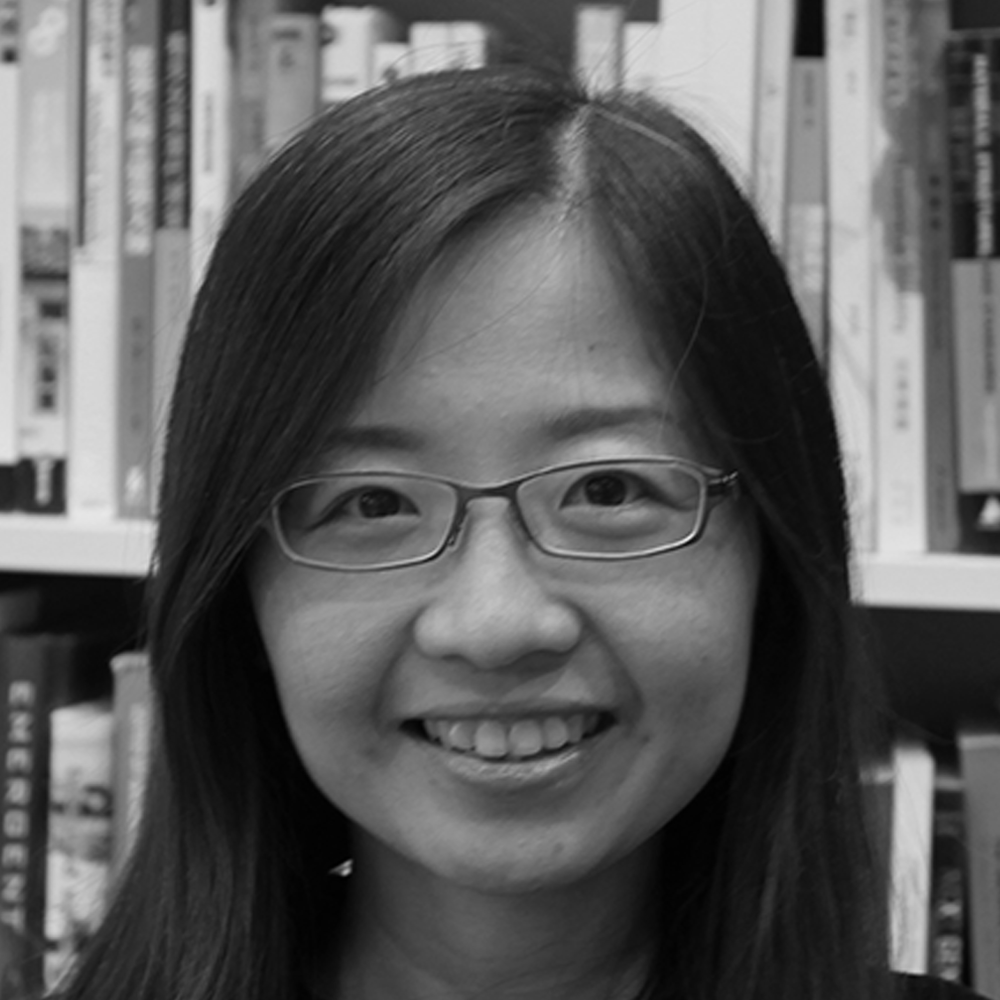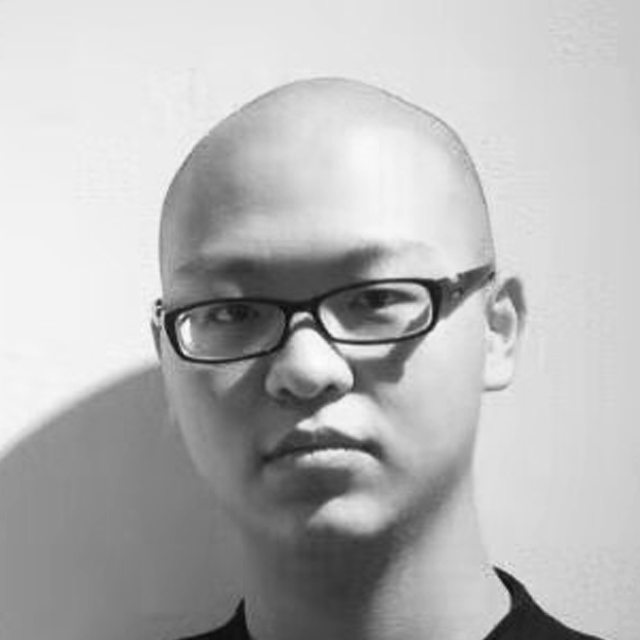Session 9A – Human-computer interaction
Thursday 1 April, 11:15 – 12:45 // Session Chair: Weixin Huang
328 – Beauty Is in the Eye of the Beholder
Thursday 1 April, 11:15, Session 9A
Cameron Wells, Victoria University of Wellington
Marc Aurel Schnabel, Victoria University of Wellington
Tane Moleta, Victoria University of Wellington
Andre Brown, Victoria University of Wellington
Whether it is via traditional methods with pen and paper or contemporary techniques such as 3D digital modelling and VR drawing, the eye typically plays a mostly passive or consuming role within the design process. By incorporating eye-tracking deeper within these methods, we can begin to discern this technology’s possibilities as a method that encompasses the visual experience as an active input. Our research, however, developed the Eye-Tracking Voxel Environment Sculptor (EVES) that incorporates eye-tracking as there design actor. Through EVES we can extend eye-tracking as an active design medium. The eye-tracking data garnered from the designer within EVES is directly utilised as an input within a modelling environment to manipulate and sculpt voxels. In addition to modelling input, eye-tracking is also explored in its usability in the Virtual Reality User Interface. Eye-tracking is implemented within EVES to this extent to test the limits and possibilities of eye-tracking and the Human-Computer Interface within the realm of Virtual Reality Aided Design.

Cameron Wells is a student at Victoria University of Wellington at the Faculty of Architecture, New Zealand. He has been apart of the Digital Architecture Research Alliance or DARA since 2019 and is finalising his Masters’ thesis at the start of 2021, where he has had a focus on architectural computational and parametric design. Primarily looking into areas focusing on HCI and user participation to generate spatial forms and environments.

Professor Marc Aurel Schnabel is the Dean of the Faculty of Architecture and Design Innovation, Victoria University of Wellington, New Zealand. Trained as an Architect, he is leading research in architectural computation. He has taught and worked in Germany, Australia, and Hong Kong for thirty years. He is recognised for his research in computational design, augmented- and virtual reality, digital heritage, parametric design learning and intelligent cities. He has been the President of both ANZAScA and CAADRIA, and established the ‘Digital Architecture Research Alliance’ and the social network ‘Urban Digitalics’ connecting professionals and researchers in innovative digital spatial design.
Tane Moleta is based at Wellington School of Architecture, where he is the Senior Lecturer in Interdisciplinary Digital Design. His work has been exhibited in shows such as ‘Built Fabric’ (Toi Poneke 2010), ‘Digital Fields’ (Common Ground, 2015) and ‘Digital Biophilia’ (Letting Space, 2015). He has produced curatorial works such as ‘Immersive Realities’ (The National Museum of New Zealand, 2017), ‘Immersive Legacies’ (Museum of Wellington, 2019), ‘In the forest with the trees we made’ (Design in the Anthropocene, 2020, Bangkok, TL) and ‘An Architecture of the Sea’ (Ars Electronica 2020, Linz, AT).

Andre Brown is the Head of School and Professor of Interdisciplinary Design at the Wellington School of Architecture, University of Wellington, New Zealand. Editor in Chief of the International Journal of Architectural Computing, Sage Publishers. Andre’s research and teaching are in the field of architectural technologies and their inter-disciplinary application. More specifically this takes in areas that include digital architecture, urban & heritage issues, sustainable technologies and technological innovation.
008 – Using Virtual Filters to Measure How the Elderly Perceive Color
Thursday 1 April, 11:30, Session 9A
Chung Minyoung, Yonsei university
Lee Hyunsoo, Yonsei university
This study was conducted to test the effectiveness of a virtual filter that digitally compensates for age-related changes in color perception. Many elderly people experience declining color perception. Medical studies have been conducted on how elderly people’s lenses affect their color perception. However, digital practical method for improving elderly people’s color perception need to be developed. Subway map is a good example of many elder’s daily experience. To adapt virtual filters to subway maps’ colors, standard short-wavelength colors, namely purple and green, were selected for variance independence (VI) because colors with short wavelengths of 400-600 nm on visible light are difficult for elderly people to perceive. Standard color VIs of subway lines and VI transferred to artificial lenses were measured with a spectrophotometer. CIE LAB and RGB; Color value on virtual filter (VD) was analyzed from VI. This virtual filter was developed based on artificial lenses using Dynamo. A visual programming algorithm was developed to adjust the color of a virtual filter through an interface. The results showed that virtual filters can be used to help elderly people detect short-wavelength colors. Therefore, virtual filters should be incorporated into lenses for use by the elderly.
Minyoung CHUNG is a PhD student of Yonsei university. Her research interest is user experience in public place, particularly universal color guide, though her recent focus has been elderly people. She chose visual culture as a way to interpret the world of space, and digital architecture is her base. she would like to alert people to different ways of seeing the world in different way.
Hyunsoo Lee, a professor at Department of Interior Design and Built Environment at Yonsei University, teaches classes such as Residential Space Planning, Digital Design Studio, Digital Fabrication, Color Design, and Design Management. His research area includes Bio-inspired Architectural Design, Design Theory and Design Methods, and Colorscape in Architecture.
033 – Towards a Framework for Emotional Tactile Interaction Design
Thursday 1 April, 11:45, Session 9A
Chor-Kheng Lim, YuanZe University
This study aims to explore the possibility of maintaining intuitive behavior patterns and the most natural relationship coming from physical touch between “human” and “object” as interaction behaviors in interaction designs. Such an interaction will convey affection while providing brand new applications and innovative experiences offered by digital technology. “Interactive behavior is natural, but the experience of affection is novel” is the core idea of the interaction design in this study. The study aims to use a familiar artifact in daily life as the main carrier and embed technology in them and activate them, enabling them with sensitive sensing ability. With such an ability, the interaction between “human” and “objects” is thus sensed in a pattern of touch, which itself is affective and interactive. Interactions at the proper time can be provided as feedback, allowing users to experience emotional interaction. Through the analysis of the author’s six interaction design projects and experiments over 10 years, the design process and framework for emotional tactile interaction design in using a familiar artifact is proposed.

Prof. Lim is a Malaysian who majored in architecture, she has her doctoral degree from Taiwan’s National Chiao Tung University; and started to teach at the Department of Art and Design of Yuan Ze University in 2008. Prof. Lim is also the founder of the CKfablab digital fabrication laboratory. She is interest at digital-related research on architecture, space and design, including digital fabrication, interactive design, transdisciplinary design, maker education, computational design, digital media, senior interactive design and inter-generational design. She developed and commercialized the Pillow Fight, and inter-generational care product since 2019.
370 – The Method of Responsive Shape Design Based on Real-Time Interaction Process
Thursday 1 April, 12:00, Session 9A
Zhe Guo, Hefei University of Technology
Ce Li, Wuhan University
Yifan Zhou, University of Hawaii at Manoa/Tongji University
This project focuses on how real-time motion interaction caused by people could put potential drivers for parametric design innovation, which would enhance the link between form trigger and result. Begin with discussing of background in interactive digital design, this article starts from three aspects in turn. First, the shape generating method based on mesh geometric data format is discussed which is the precondition of this research. Then, several kinds of behavior interaction are selected to be the input data which directly or indirectly trigger and affect this responsive shape formation process mentioned in former part. In the last part, this research will summarize and propose a complete set of interactive behavior oriented responsive digital prototyping design, and propose several corresponding application scenarios.

Guo Zhe is architect, media artist and software designer, based in Shanghai. She currently works as Full-Time faculty as the director of digital design&fabrication Laboratory in Hefei University of Technology. She is working in the fields of complex digital design with computational algorithm approach and interactive design with immersive installation.

Li Ce is a computational designer and researcher exploring algorithm-based aesthetics and the digital form of chinese traditional art. He is now working as a translator between software developer and experienced architect in order to create new type design tools. Besides, Li Ce teaches computational architectural design at Wuhan University and gives talks about computational design at several universities around China regularly.